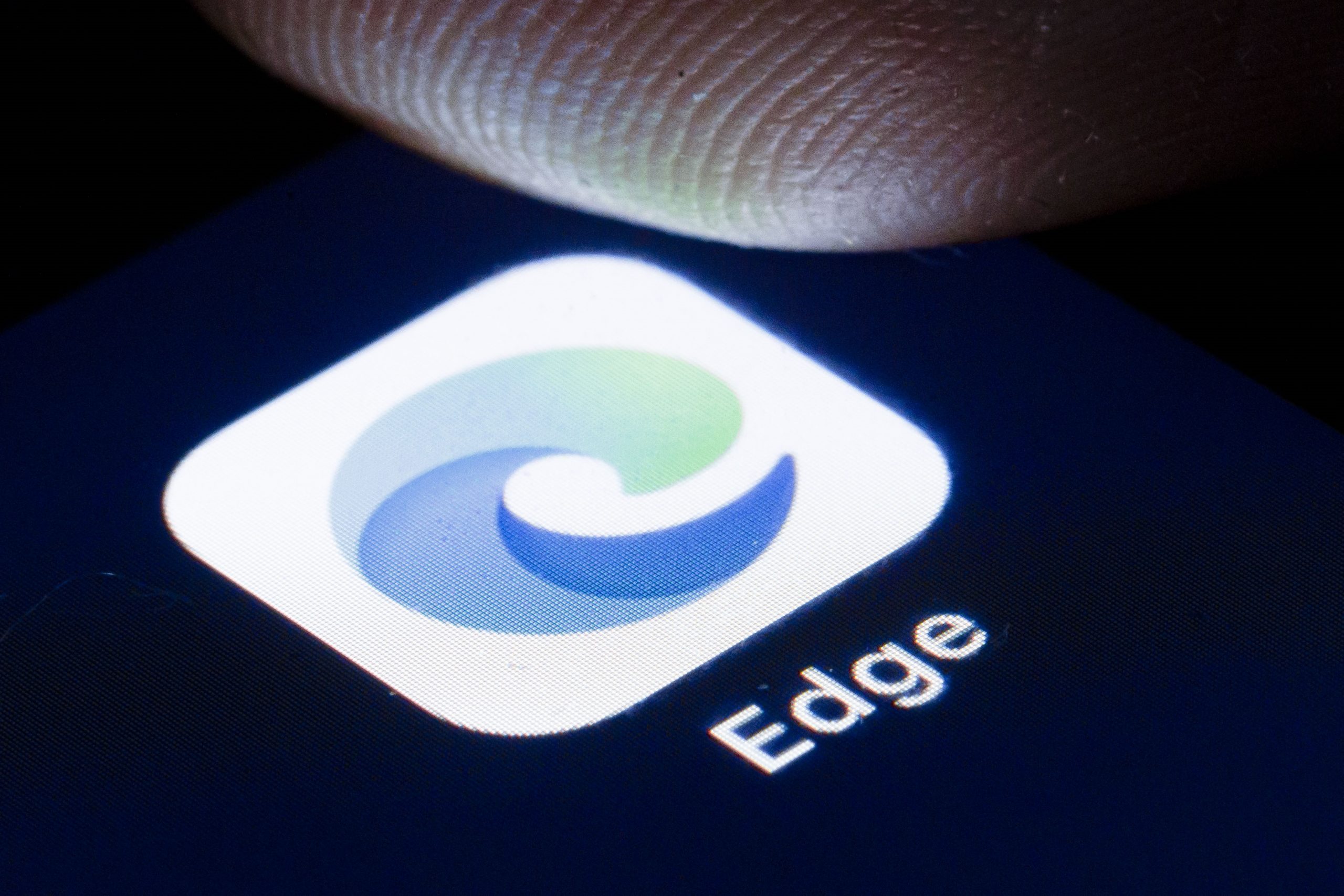Microsoft outlines recent Edge browser improvements
In a new post on the Microsoft Edge blog, the browser’s Principal PM Lead Kim Denny has outlined how the company made it faster and more efficient over the past few months. To help users perform their tasks as quickly as possible, the team rolled out Profile-Guided Optimizations (PGOs) in Edge 81 Stable Channel and Link-Time Optimizations (LTOs) in Edge 83 back in March.
PGOs prioritize the most important parts of the code, while LTOs optimize memory usage. The two techniques apparently improved Edge’s speed by as much as 13 percent compared to previous versions, based on Speedometer 2.0 benchmark. Microsoft also introduced improvements to the browser’s scroll animation and enhanced how scrolling looks, feels and reacts to your touch in general back in April. Denny says those changes make Edge feel smoother and more responsive.
The Edge team is also continuing to work on reducing the amount of memory and CPU power the browser needs. The Windows 10 May 2020 Update, for instance, reduces the browser’s memory usage by up to 27 percent based on the tech giant’s internal tests. Finally, Microsoft shrunk Edge’s size by half over the past year so that it doesn’t take up too much storage on your device.
Microsoft’s Edge browser recently overtook Firefox as the most popular Chrome alternative, according to NetMarketshare stats. Chrome still has the lion’s share of the market with over a 70 percent share, and Firefox isn’t that far behind, but Microsoft’s contender has been slowly gaining popularity.
(45)




